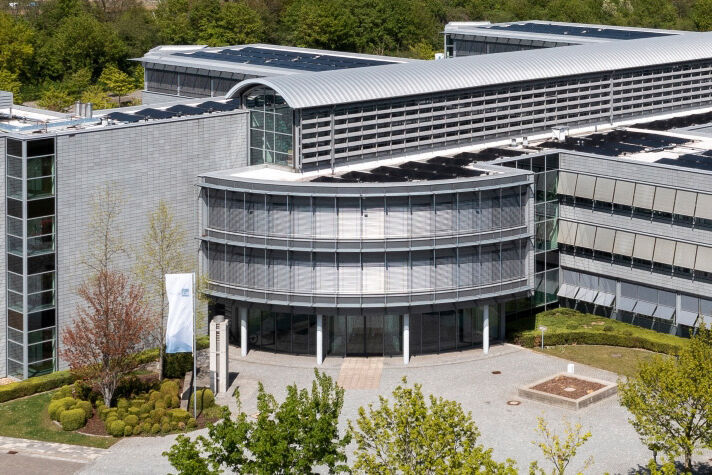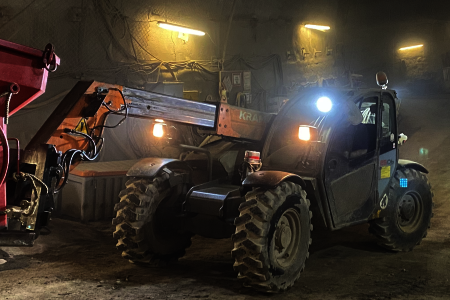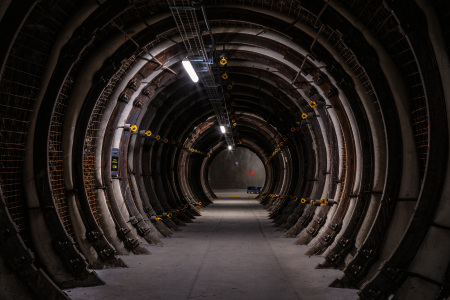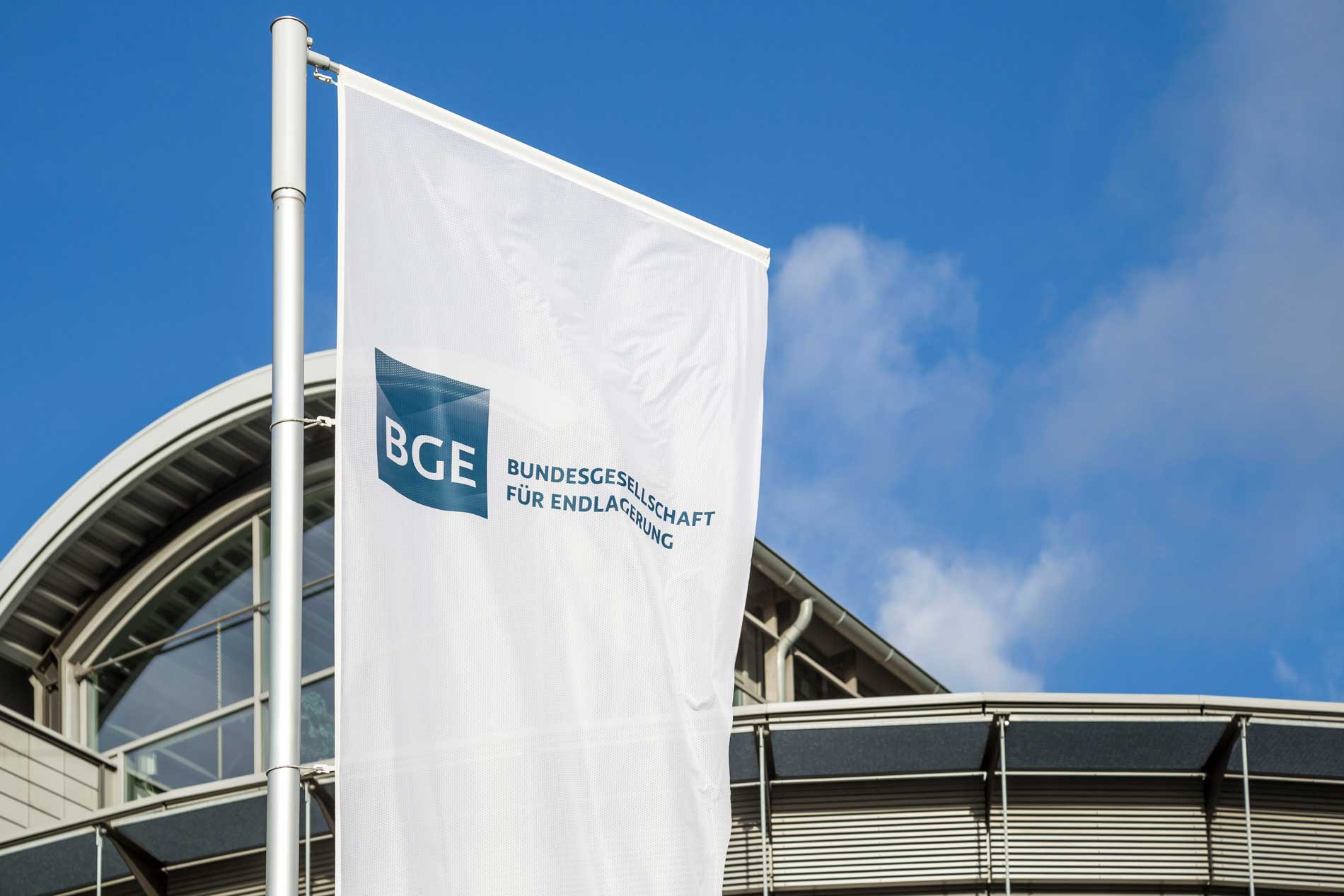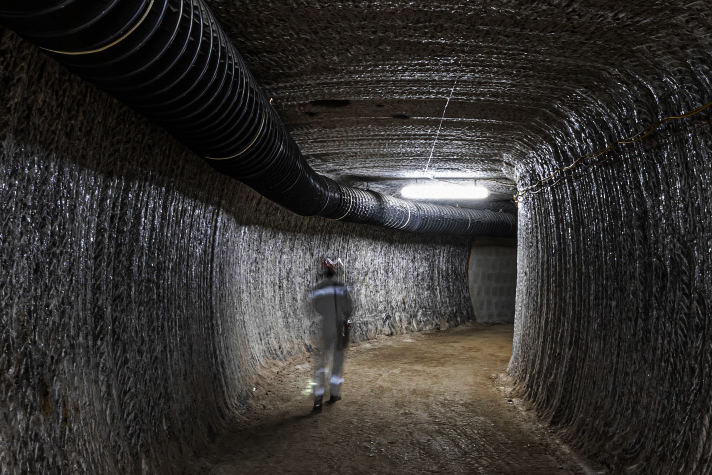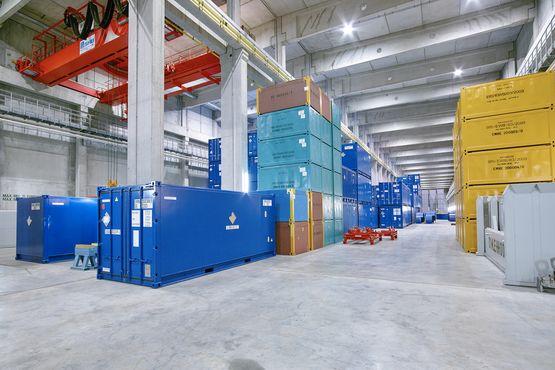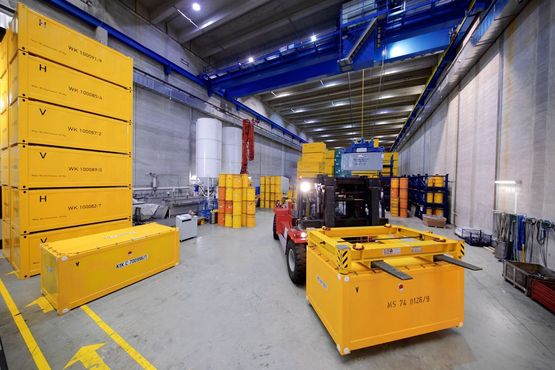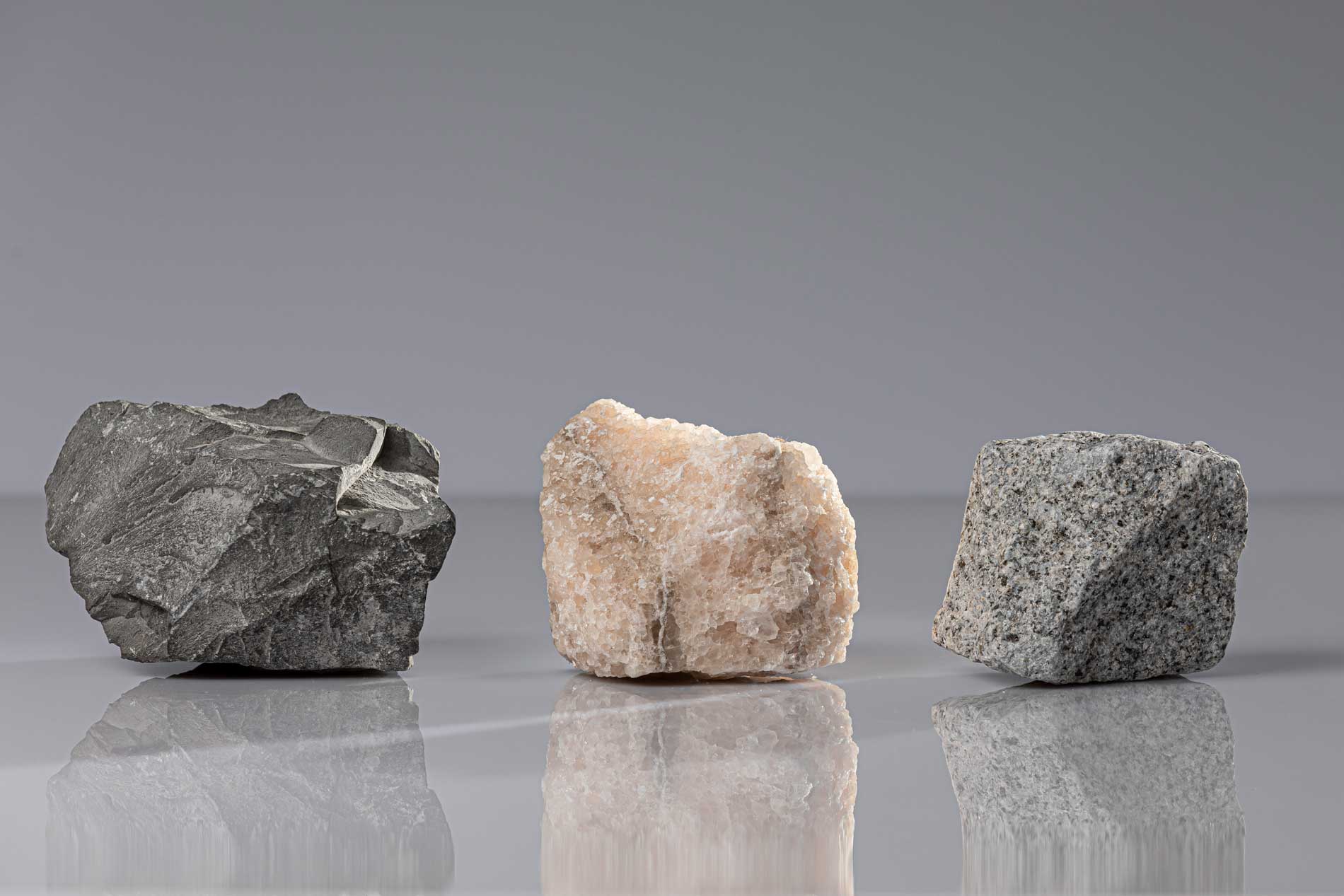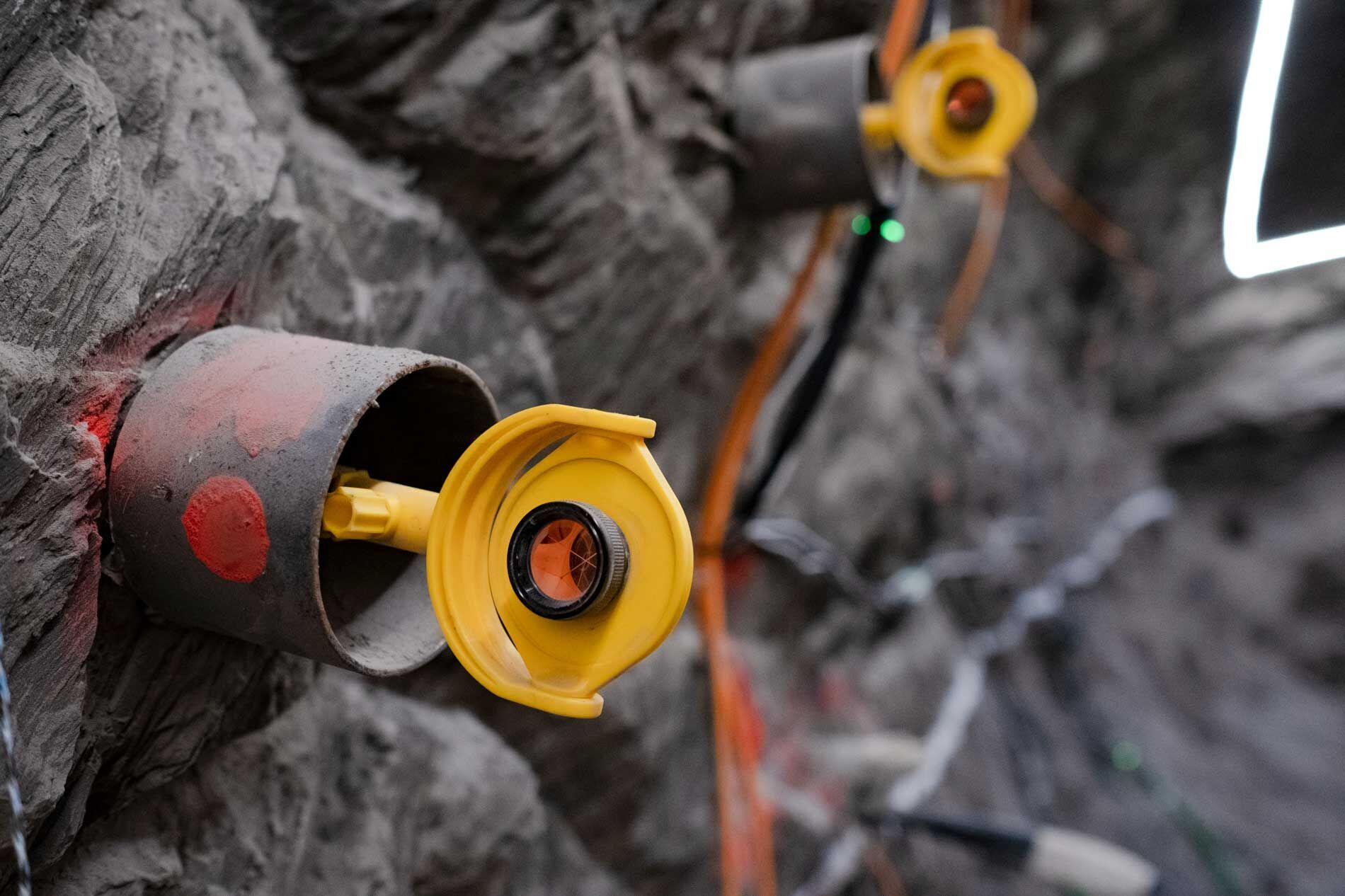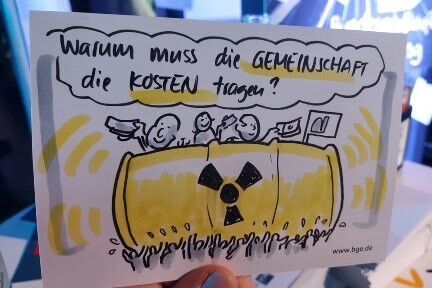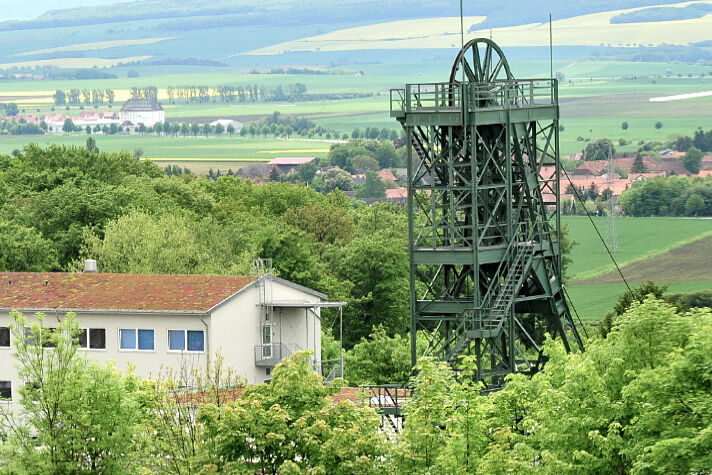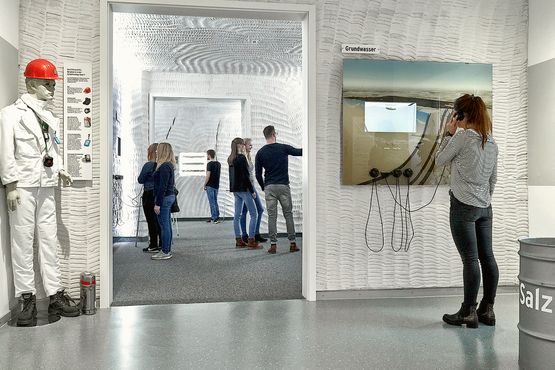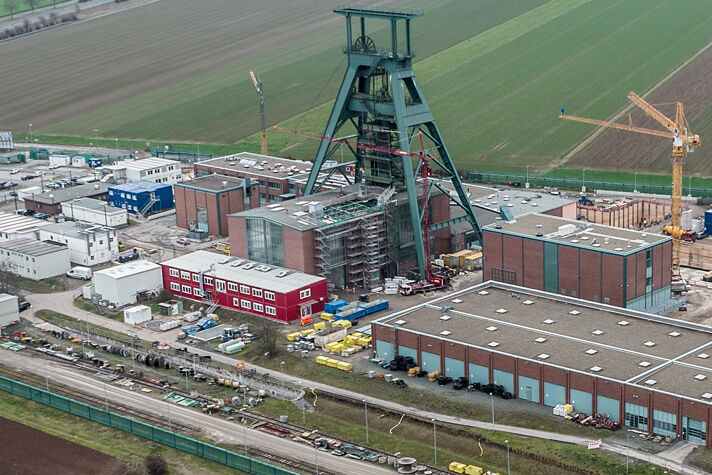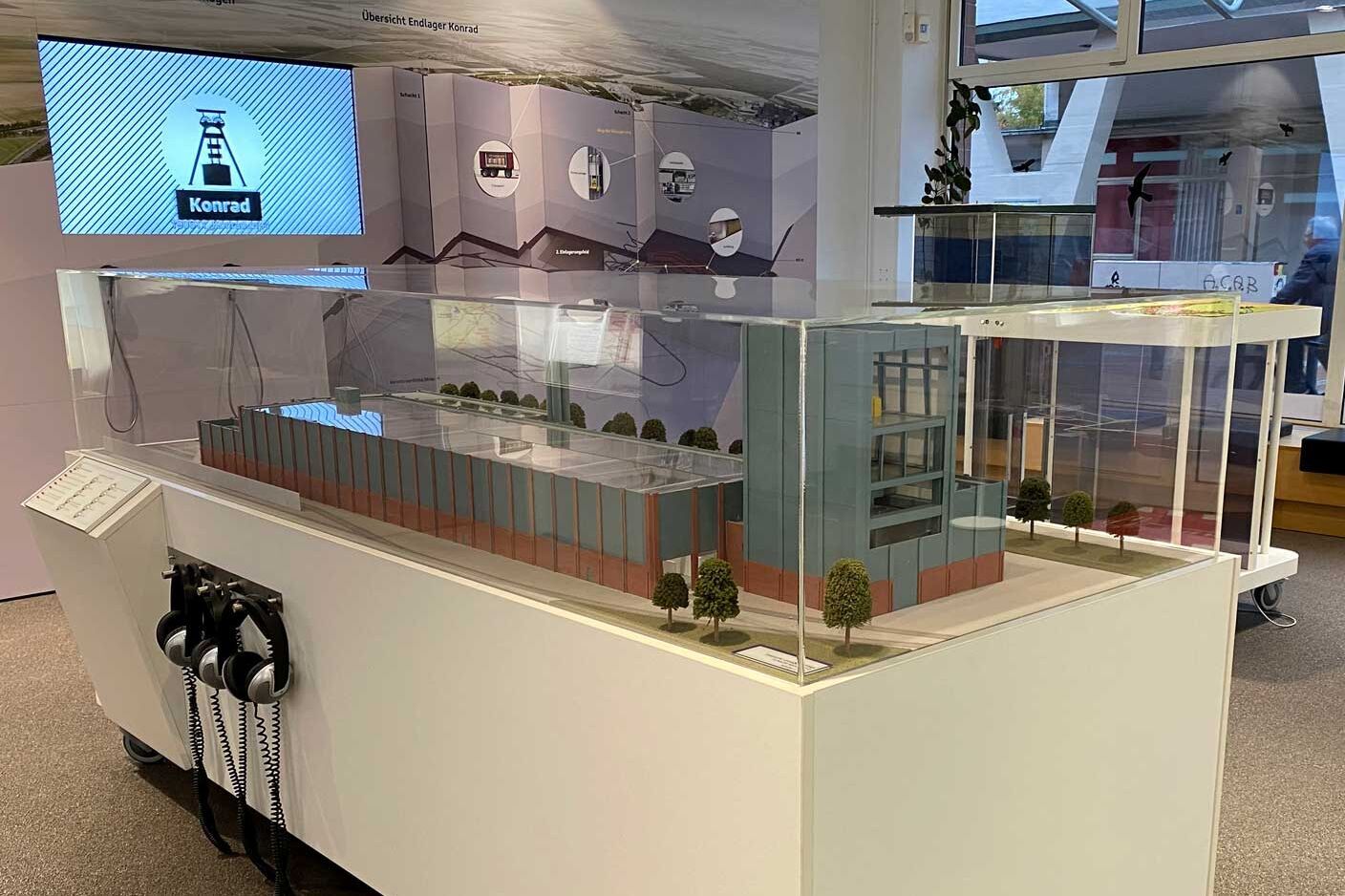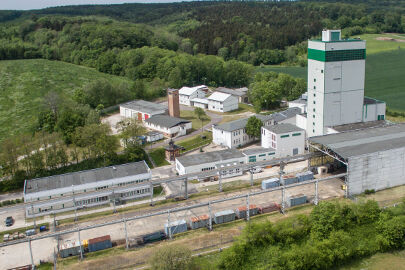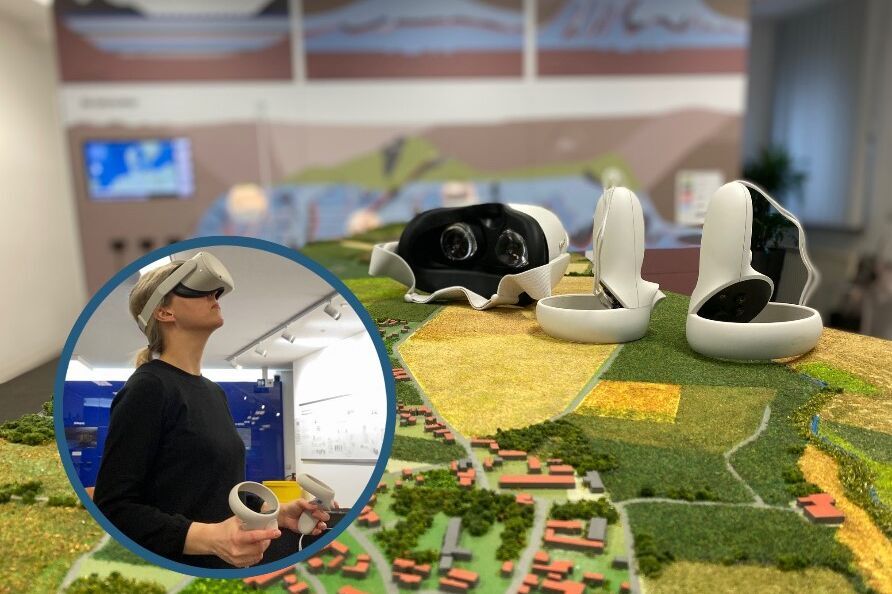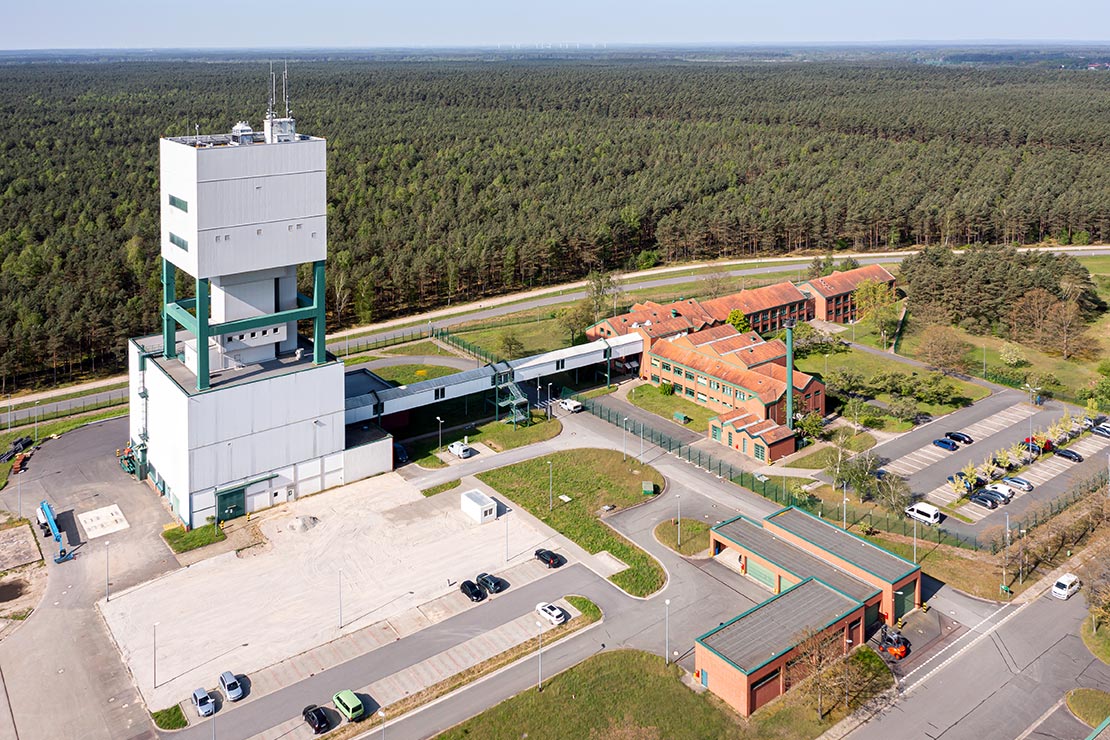
Repository search
In Germany, discussions about the “repository search” relate to the process of selecting a repository site for high-level radioactive waste.
On this page:
For low- and intermediate-level radioactive waste, Germany already has a licensed repository in the form of the Konrad repository in Salzgitter, which is due to enter operation in 2027. However, another repository site is being sought for high-level nuclear waste. The Repository Site Selection Act, which regulates the repository search process, stipulates that this must be the site that ensures the best possible safety for a million years. For this long period of time, humans and the environment are to be protected from the dangerous radiation.
High-level nuclear waste – primarily spent fuel elements from nuclear power plants – only makes up about 5% of the total quantity of radioactive waste arising in Germany, but it accounts for 99% of the radiation. Previous attempts to find a repository site for this waste have failed. In 2013, the repository search was therefore sent back to square one.
Repository search explained in 90 seconds (english subtitle)
By calling up the video, you agree that your data will be transmitted to YouTube.
Repository search update
Phase I Step 2: Siting regions Phase I Step 1: Sub-areas Questions and answersBackground
Site selection procedure Stakeholders and tasks History of the search for a repository The Gorleben Chapter ResearchIf you have any questions or comments about the repository search, please send us an e-mail to dialog(at)bge.de.
Who is searching where and how?
The plan is to identify the site for a repository for high-level radioactive waste by 2031. This search is taking place deep underground in Germany. The European Union has agreed that each Member State that produces radioactive waste is also responsible for the safe disposal or permanent safe storage of such waste. According to current knowledge, the deep geological storage of high-level radioactive waste, i.e. storage deep underground, is the safest method.
Salt, clay or crystalline
The waste is to be emplaced in host rock. A host rock has properties that prevent the spread of radioactive substances for as long as possible and ideally has a capacity to retain radionuclides, i.e. the hazardous substances in the waste. It must also be able to withstand high temperatures without changes in the properties that make it favourable for final disposal, and it should be as impermeable to water or gas as possible. Based on these considerations, the field of repository research has reached a broad consensus that there are three potentially suitable types of host rock for the final disposal of high-level radioactive waste:
- rock salt
- clay rock
- crystalline rock.
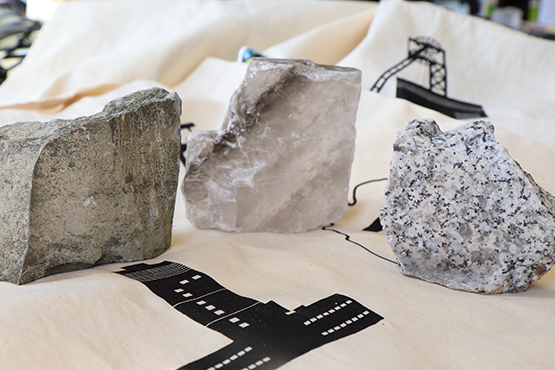
A science-based comparison
As the project sponsor for the site selection procedure, the BGE plays the operative role and is carrying out the repository search. Starting out with a blank map, i.e. with no prior assumptions, it has been examining the whole of Germany for sites that are suitable for a repository since 2017 – initially on the basis of geological data relating to the deep subsurface and later by means of above-ground and underground exploration programmes. The process, criteria and framework conditions are set out in the Repository Site Selection Act. As well as being comparative, science-based and transparent, the procedure is to involve ongoing learning – including in the sense that the actors question themselves or are receptive to public criticism. The site search is to take place in a participative manner, i.e. with public participation at an early stage. At each stage of the procedure, further areas fall through the search grid because they are unsuitable or less suitable than others. Ultimately, only the site providing the best possible safety remains.
Where are we now?
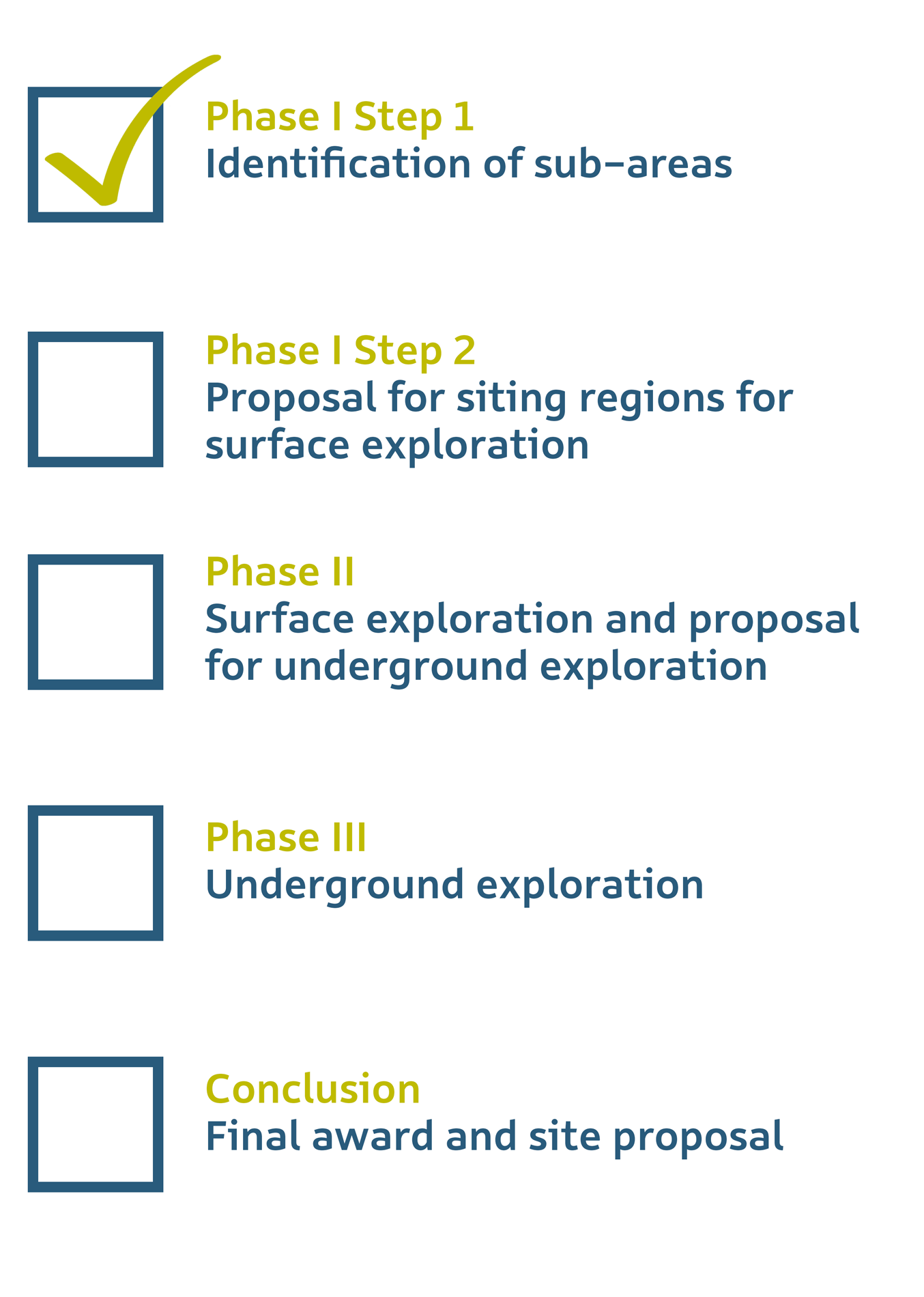
In autumn 2020, the BGE presented the first update on the status of its work, the Sub-areas Interim Report. This report identifies 90 areas in Germany in which favourable geological conditions can be expected for the final disposal of high-level radioactive waste. Following the three consultation meetings of the specialist conference on sub-areas, in which members of the public, scientists, local authorities and social interest groups had an opportunity to make their comments, Step 2 of Phase I of the repository search now involves narrowing down this large expanse of sub-areas. The next milestone will be a proposal for siting regions for surface exploration.
Methodological development in focus
The road towards that milestone will first involve carrying out safety analyses. These representative preliminary safety analyses must be carried out for all 90 sub-areas – and in such a way that they are comparable with one another for each type of host rock. Four “areas for methodological development” will help the BGE to identify a uniform approach. The development of the scientific methodology is only one part of the challenge. Another equally important part will be to make the developed methods comprehensible and accessible to interested members of the public. The methods are to be discussed as comprehensively as possible.

